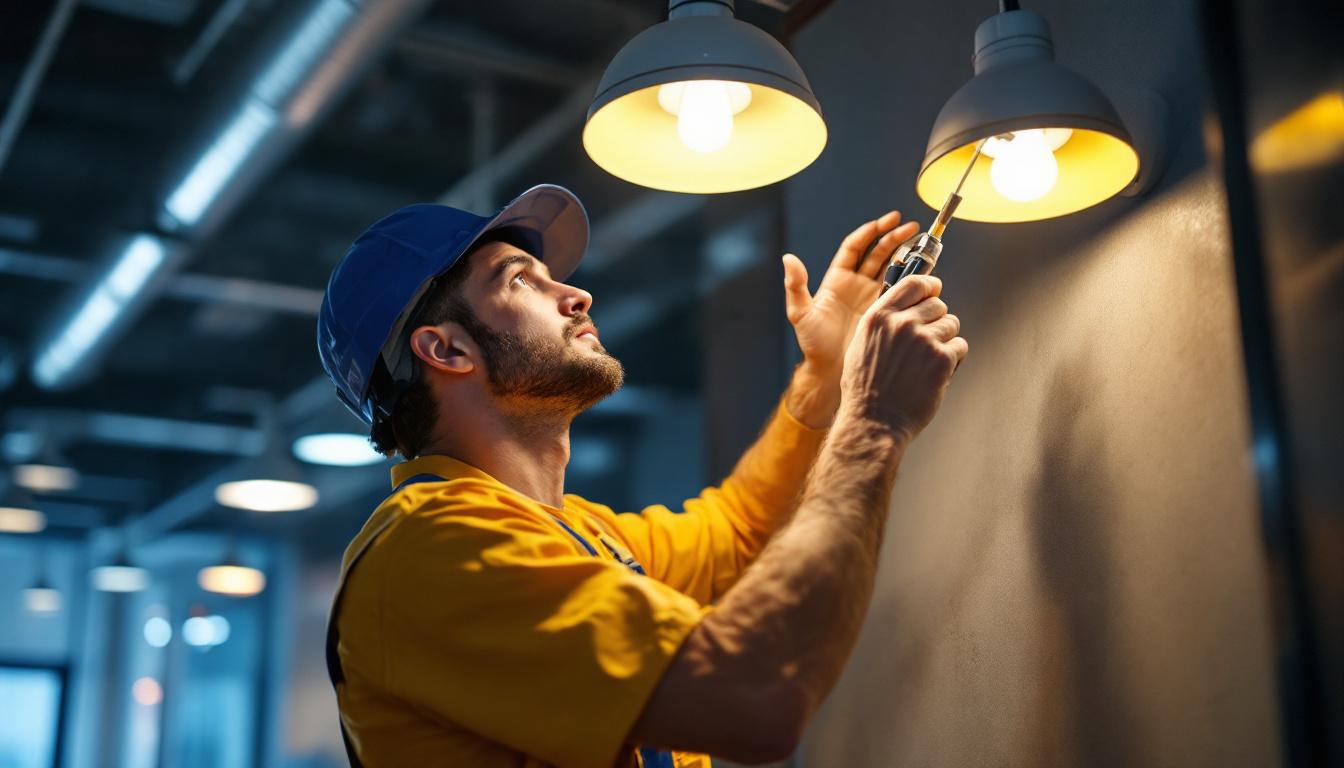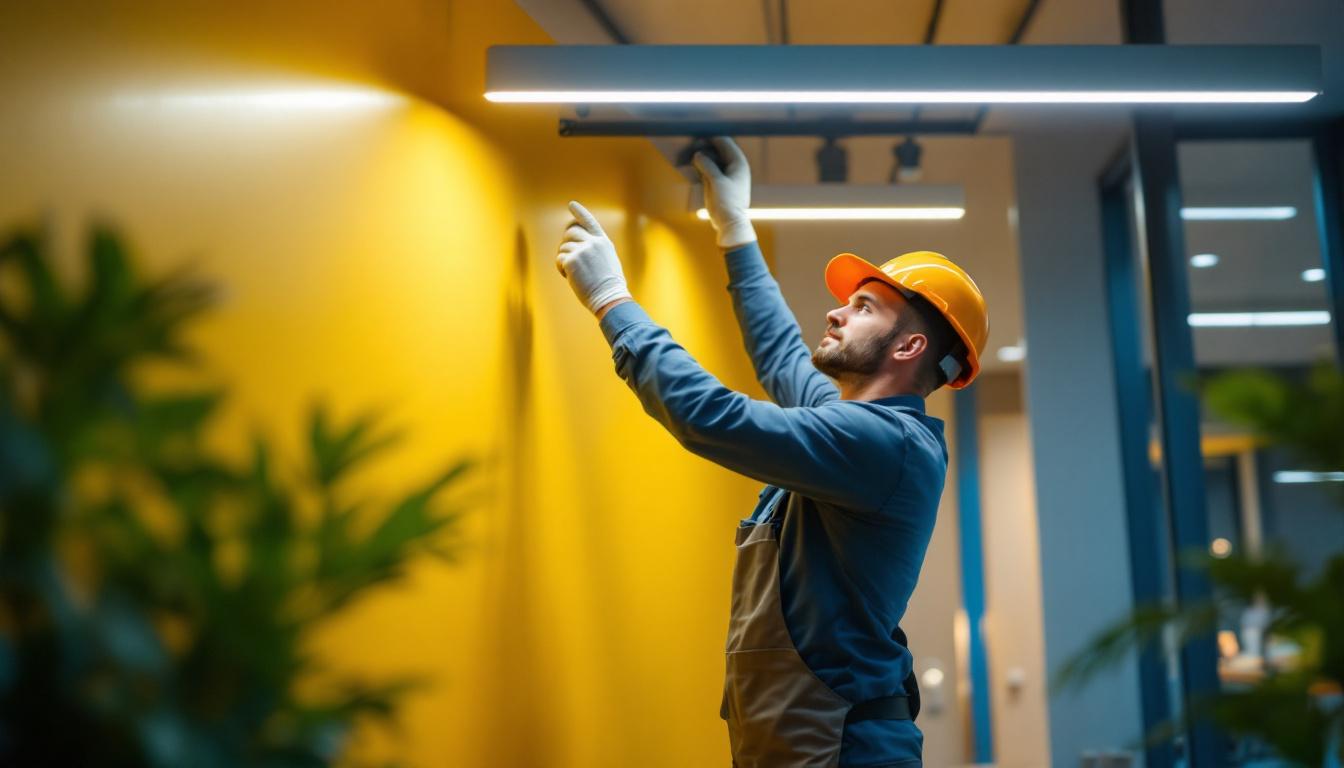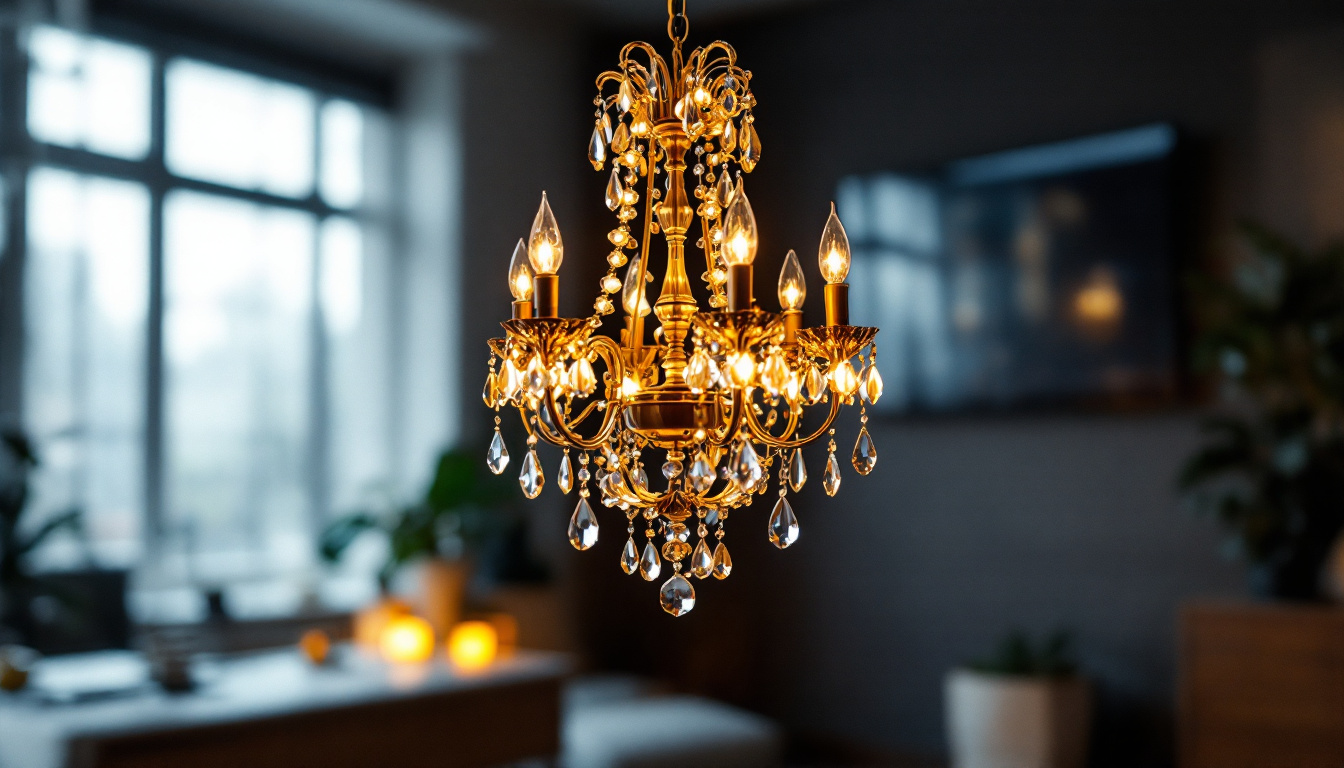
In the world of lighting design and installation, professionals must navigate a myriad of tasks, regulations, and creative challenges. Whether working on residential projects, commercial spaces, or outdoor environments, a comprehensive checklist can streamline the process, ensuring that nothing is overlooked. This article presents an essential checklist tailored for lighting professionals, focusing on key aspects that contribute to successful lighting projects.
Before diving into any lighting project, it is crucial to fully understand the requirements and expectations. This initial phase sets the foundation for everything that follows. A well-defined set of requirements not only streamlines the design process but also minimizes the risk of costly revisions later on. By investing time upfront in this stage, you can ensure that the final outcome aligns closely with the client’s vision and functional needs.
Engaging with clients is the first step in understanding their vision. During the consultation, ask open-ended questions to uncover their preferences, needs, and any specific requirements they may have. It’s essential to discuss the purpose of the lighting, whether it’s for ambiance, functionality, or aesthetic appeal. This dialogue can reveal insights into the client’s lifestyle, such as whether they entertain frequently or prefer a more subdued atmosphere for relaxation.
Additionally, consider any constraints such as budget, timeline, and existing infrastructure. Documenting these details will help in creating a tailored lighting solution that meets the client’s expectations. It may also be beneficial to present visual aids, such as mood boards or lighting samples, to help clients articulate their preferences more clearly. This collaborative approach not only fosters trust but also empowers clients to make informed decisions about their lighting choices.
A thorough site assessment is vital for identifying the unique characteristics of the space. Take note of the architectural features, existing lighting conditions, and any potential obstacles that could affect the installation. Understanding the layout and dimensions will inform decisions regarding fixture placement and types. Pay attention to elements such as ceiling height, wall colors, and furniture arrangement, as these factors can significantly influence how light interacts with the space.
Moreover, consider the natural light sources available in the space. This will help in determining how artificial lighting can complement or enhance the existing light, ensuring a harmonious balance. Observing the space at different times of the day can provide insights into how natural light changes, allowing you to plan for variations in brightness and mood. Additionally, think about the seasonal changes that might affect the light quality, as this knowledge can help in creating a more adaptable lighting design that remains effective year-round.
Once the requirements are clear, the next step is to develop a comprehensive lighting design plan. This involves selecting the right fixtures, determining their placement, and establishing the overall aesthetic.
The choice of fixtures is critical in achieving the desired lighting effect. Consider factors such as the type of space, the intended use of the lighting, and the style preferences of the client. Options may include recessed lights, pendant fixtures, wall sconces, and track lighting.
Additionally, energy efficiency should be a priority. LED fixtures are often a preferred choice due to their longevity and lower energy consumption. Be sure to communicate the benefits of various options to the client, helping them make informed decisions. For instance, some LED fixtures come with adjustable color temperatures, allowing users to change the ambiance from a warm, cozy glow to a bright, energizing light depending on the time of day or activity. This versatility can significantly enhance the functionality of a space.
Creating a lighting layout is an essential part of the design process. This involves mapping out where each fixture will be placed to achieve optimal illumination. Consider the following:
Utilizing software tools can aid in visualizing the layout, allowing for adjustments before installation begins. Furthermore, it’s beneficial to conduct a mock-up of the lighting plan in the actual space, if possible. This hands-on approach can reveal how light interacts with colors, textures, and materials in the environment, ensuring that the final design not only meets aesthetic goals but also enhances the overall functionality of the space. Engaging the client in this process can also help them feel more connected to the design, fostering a sense of ownership and satisfaction with the final outcome.
Lighting professionals must be aware of local codes and regulations that govern lighting installations. Compliance is not only a legal requirement but also ensures safety and functionality. Understanding the nuances of these regulations can significantly impact the overall success of a project, influencing everything from design choices to budget considerations.
Familiarize yourself with the building codes relevant to your project. These codes may dictate specific requirements for fixture types, wattage limits, and energy efficiency standards. Ignoring these regulations can lead to costly revisions and potential penalties. Furthermore, local building codes often evolve, so staying updated with any changes is crucial for compliance.
Engaging with local authorities early in the process can provide clarity on any permits or inspections that may be required, helping to avoid delays later on. Additionally, some jurisdictions may offer incentives for adhering to energy-efficient practices, which can benefit both the environment and the project budget. Understanding these incentives can lead to more sustainable choices that align with both regulatory compliance and ecological responsibility.
Safety should always be a top priority in lighting installations. Ensure that all fixtures and wiring comply with safety standards set by organizations such as the National Electrical Code (NEC). This includes proper installation techniques, grounding, and circuit protection. Regular training and updates on safety protocols for all team members can further enhance compliance and minimize risks on-site.
Additionally, consider the use of dimmers and controls that enhance safety by allowing users to adjust lighting levels according to their needs. Smart lighting systems can also play a role in safety, providing automated responses to environmental changes, such as dimming lights when natural light is sufficient or adjusting brightness based on occupancy. This not only improves safety but can also lead to significant energy savings, aligning with broader sustainability goals in lighting design.
The installation phase is where the planning and design come to life. It is essential to follow a systematic approach to ensure a smooth process.
Before installation begins, gather all necessary tools and materials. This includes fixtures, wiring, connectors, and safety equipment. A well-organized workspace will facilitate a more efficient installation process.
Additionally, communicate with the client regarding the installation schedule. This will help manage expectations and minimize disruptions in their daily activities.
During installation, follow the lighting plan meticulously. Pay attention to the details, such as securing fixtures properly and ensuring that wiring is correctly connected. It is advisable to double-check connections and test fixtures before finalizing the installation.
Moreover, maintain a clean work environment. This not only enhances safety but also leaves a positive impression on the client.
After installation, a thorough review is essential to ensure everything is functioning as intended. This step is crucial for client satisfaction.
Conduct a comprehensive test of all lighting fixtures. Check for functionality, brightness levels, and any flickering or dimming issues. Make necessary adjustments to ensure that the lighting meets the design specifications and client expectations.
Encourage the client to provide feedback during this phase. Their input can be invaluable in making final tweaks that enhance the overall experience.
Once the project is complete, provide the client with documentation that includes warranty information, maintenance guidelines, and any relevant manuals for the fixtures installed. This not only demonstrates professionalism but also empowers clients to take care of their new lighting system.
Consider scheduling a follow-up visit after a few weeks to address any concerns and ensure the client is satisfied with the installation. This proactive approach can lead to long-term relationships and potential referrals.
Lighting systems require ongoing maintenance to ensure optimal performance and longevity. Educating clients about maintenance practices can enhance their satisfaction and prolong the life of the installation.
Encourage clients to conduct regular inspections of their lighting systems. This includes checking for burnt-out bulbs, loose connections, and any signs of wear. Early detection of issues can prevent more significant problems down the line.
Providing clients with a maintenance checklist can be a helpful tool. Include tasks such as cleaning fixtures, checking for obstructions, and ensuring that dimmers and controls are functioning correctly.
Lighting technology is constantly evolving, and staying informed about new products and innovations is crucial for lighting professionals. Encourage clients to consider upgrades as technology advances, such as smart lighting systems that offer enhanced control and energy efficiency.
By being proactive about potential upgrades, lighting professionals can position themselves as trusted advisors, fostering long-term relationships with clients.
In conclusion, navigating the complexities of lighting installation requires careful planning, attention to detail, and a commitment to quality. By following this essential checklist, lighting professionals can ensure that they meet client expectations while adhering to safety and compliance standards.
From understanding project requirements to post-installation maintenance, each step plays a crucial role in delivering successful lighting solutions. By prioritizing communication, professionalism, and ongoing education, lighting contractors can thrive in a competitive industry and build lasting relationships with their clients.
Ready to elevate your lighting projects with products that blend quality, affordability, and convenience? Look no further than LumenWholesale. Our spec-grade lighting solutions are designed to meet the highest industry standards, ensuring your installations shine with reliability and performance. Say goodbye to inflated markups and hello to unbeatable wholesale prices, complemented by the ease of bulk buying and free shipping. Don’t compromise on your lighting needs. Choose LumenWholesale for premium lighting at the best value. Wholesale Lighting at the Best Value

Discover how lighting contractors can enhance their projects and increase client satisfaction by incorporating versatile jelly jar lights.

Discover how Eiko Lights is revolutionizing the lighting industry by maximizing profitability through innovative installation techniques and energy-efficient solutions.

Discover how surface mounted LED lights are revolutionizing the lighting industry, offering contractors a competitive edge with energy efficiency, versatility, and easy installation.

Discover essential insights into chandelier lighting that every contractor should know.